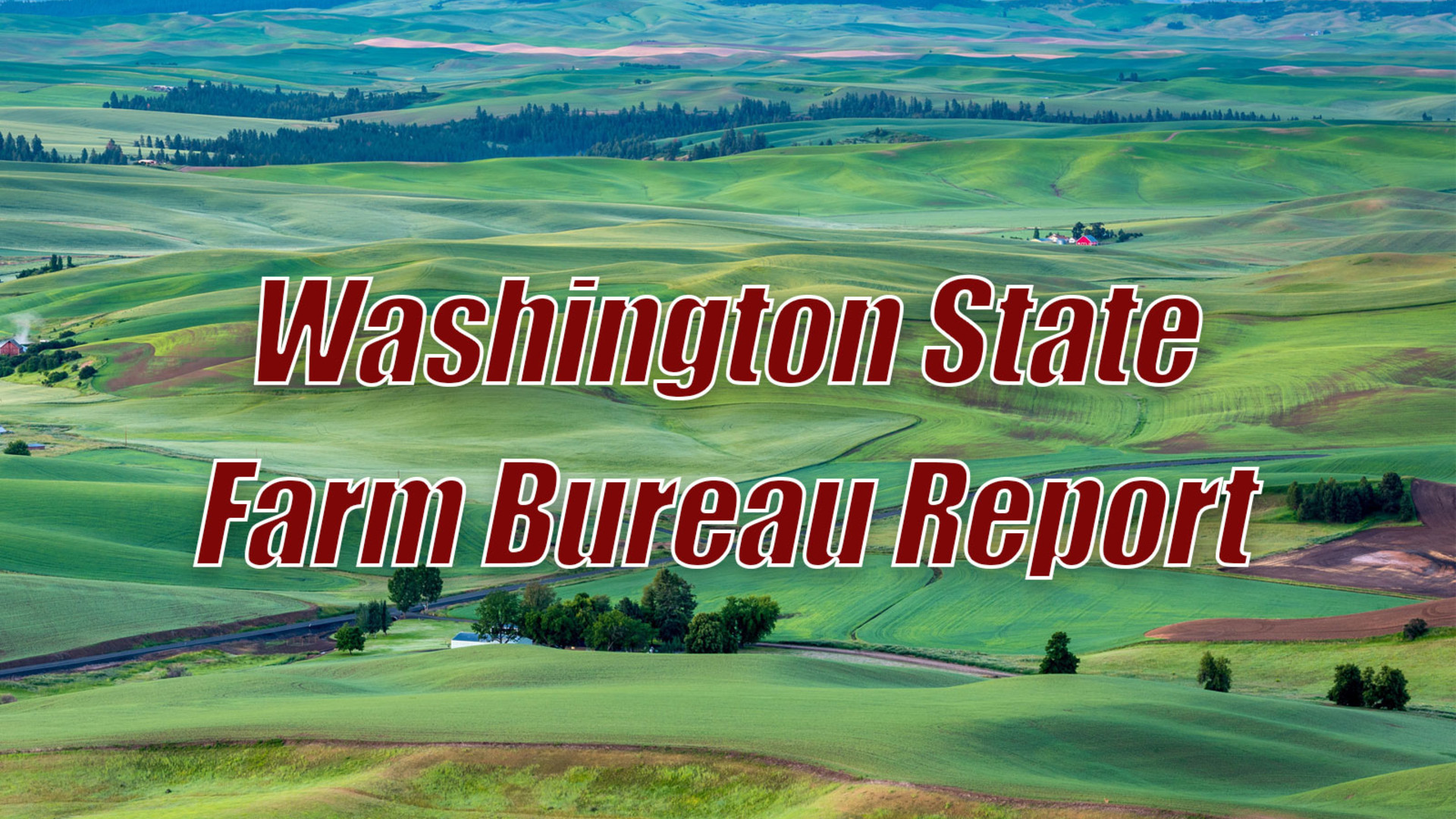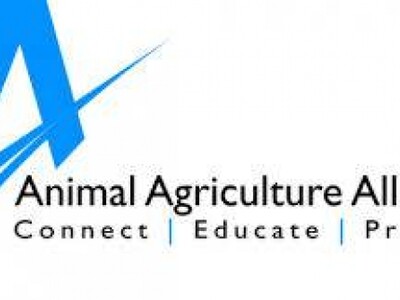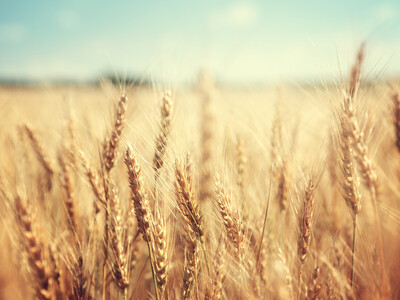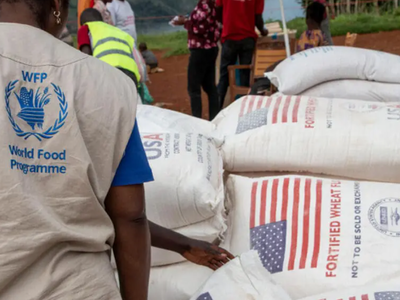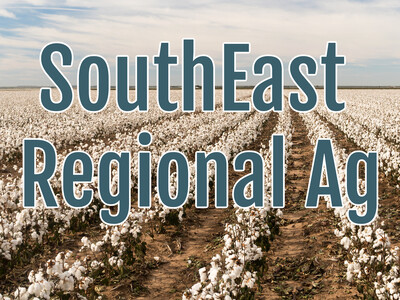Research on spring wheat in the low rainfall zone
Washington Ag Today December 30, 2011 One of the projects in Washington State University spring wheat breeder Michael Pumphrey’s program is focused on spring wheat in the low rainfall zone of the state. Pumphrey says pretty significant studies have been initiated at the Lind Dryland Research Station. Pumphrey: “We are using a significant portion of that land to look under re-crop situations. We are looking at both our own germplasm and how it is performing in those re-crop situations where it is really, really dry, but also bringing in germplasm literally from around the world primarily sources out of CYMMT. Lines that have been selected by CYMMT over the past maybe two, three decades for drought tolerance. We are seeing how those perform in re-crop situation in some of our driest parts in the state.” According to WSU their Dryland Research Station at Lind receives less precipitation than any other state or federal dryland agricultural research facility in the United States. ? When a plant encounters drought, it does its best to cope with this stress by activating a set of protein molecules called receptors. Just a final note if you have not already heard this on another program, but I am retiring so this my last Washington report. Thanks for listening everyone and Happy New Year. I’m Bob Hoff and that’s Washington Ag Today on Northwest Aginfo Net.
Plant cell biologists at the University of California, Riverside have discovered how to rewire this cellular machinery to heighten the plants’ stress response – a finding that can be used to engineer crops to give them a better shot at surviving and displaying increased yield under drought conditions. The next step for the researchers is to field test their work, which could take years.


